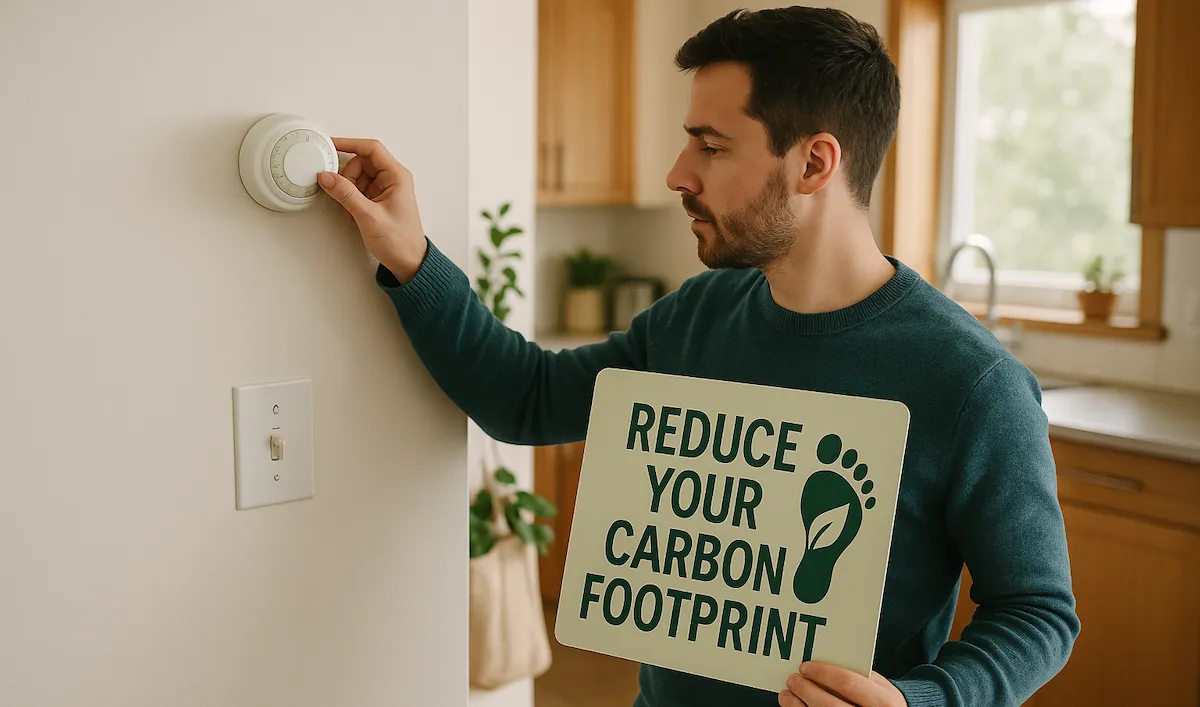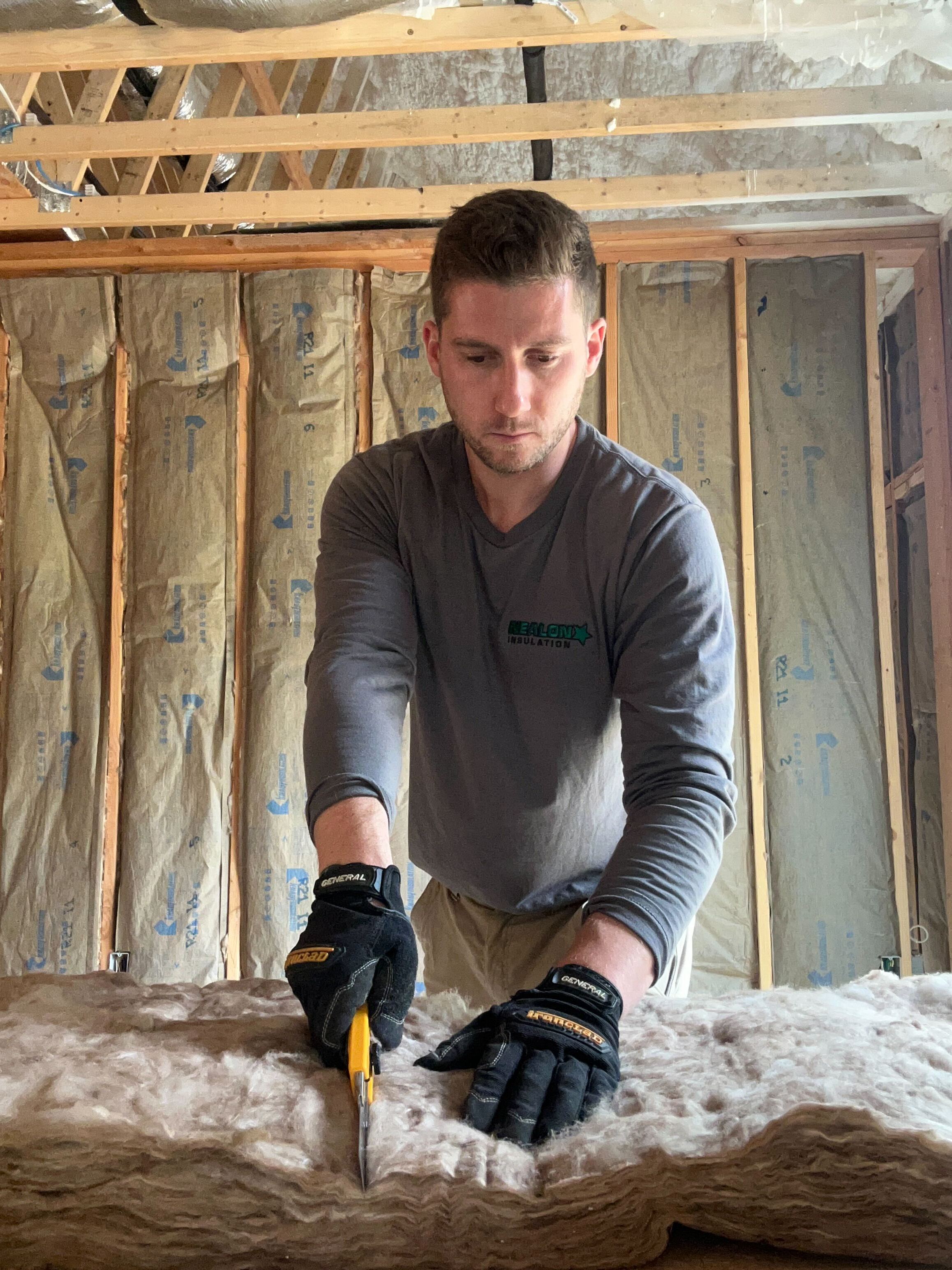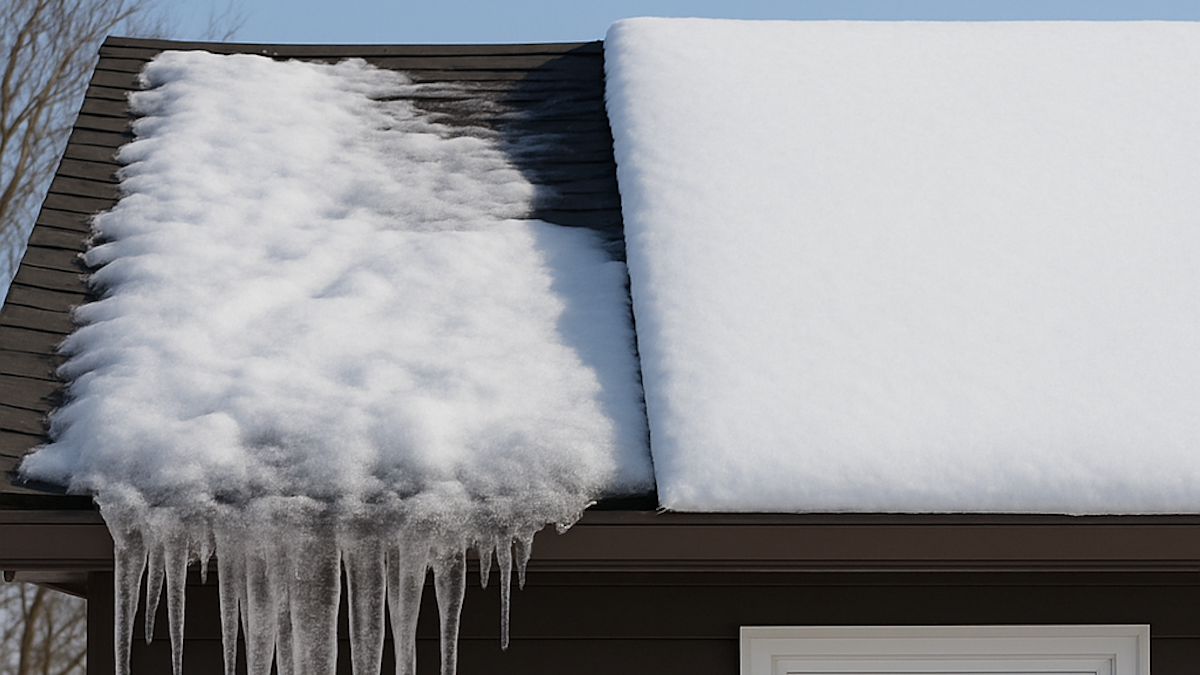Simple Ways to Shrink Your Home's Carbon Footprint

Let’s get real. You don’t have to go off-grid, install a windmill, or start making your own soap to do right by the planet. There are everyday ways to cut down your home's carbon footprint without turning your life upside down.
Here are a few practical ideas to get started:
1. Ditch the Incandescents
If your home still has lightbulbs that heat up like stovetops, it’s time to upgrade. LED bulbs use up to 80% less energy and last a lot longer. They’re like the efficient little overachievers of the lighting world.
2. Be Smart (Thermostat-Wise)
Smart thermostats aren’t just a gimmick—they actually help. You can program them to run the heat or A/C only when you need it, saving you money and emissions in the process. Some even learn your habits and adjust automatically.
3. Wash Cold, Line Dry
Washing clothes in cold water gets the job done just fine 90% of the time. Combine that with skipping the dryer and using a clothesline (yes, they still exist) and you just cut down a big chunk of your home's energy use.
4. Use Power Strips (And Turn ‘Em Off)
Your TV, cable box, computer—they all sip electricity even when turned "off." Use smart power strips or just flip them off at the end of the day to stop the phantom drain. No seance required.
5. Choose Efficient Appliances
Replacing that 90s-era fridge? Look for Energy Star-rated appliances. They’re engineered to use less juice and still do the job right. Bonus: many come with rebates.
6. Cut Down on Meat (Sometimes)
No need to go full tofu, but swapping in one or two meatless meals a week can lower your household emissions. Beans and pasta never broke the bank.
7. Fix Drafts and Air Leaks
Those little gaps around windows, doors, and attic hatches are like leaky faucets for energy. Seal ‘em up and your HVAC system won’t have to work overtime.
8. Insulate the Right Way
Now let’s talk insulation—because this is the stuff people don’t think about until they’re freezing or sweating in their own homes.
Good insulation helps your home hold its temperature longer, which means less energy needed for heating and cooling. Less energy means fewer emissions. That cellulose we pack into walls, attics, and crawlspaces? It’s often made from recycled material and has a smaller footprint than most building products.
So yes—while we might be a little biased here at Nealon Insulation, tightening up your home is one of the smartest, most impactful ways to reduce your footprint long-term.
Does Insulating Different Parts of Your Home Disproportionately Lower Your Carbon Footprint?
Absolutely — and that’s the sneaky part most people miss.
When it comes to reducing your carbon footprint, not all insulation upgrades pull the same weight. Some areas of your home — especially the attic and rim joists — punch way above their weight in terms of impact.
Here’s how it plays out:
Attics: The MVP of Carbon Savings
The attic is your home’s escape hatch for heat. It might only be 15–20% of your home’s surface area, but it can account for up to 40% of total heat loss.
That means adding insulation up top (especially if you’re going from R-13 to R-49 or R-60) can drop your heating and cooling needs dramatically. More comfort, less fuel burned, fewer emissions — all from one upgrade.
Rim Joists & Crawlspaces: Small Area, Big Gains
Insulating your rim joists might only involve a few hundred board feet of spray foam — but it can seal one of the draftiest, leakiest parts of the house.
This is where convection and infiltration go wild, especially in older shoreline homes. Tightening these spots lowers HVAC run time and reduces your home’s air turnover rate, which directly cuts carbon output — disproportionately so, given how little area you’re insulating.
Walls: Important, But Slower Payback
Insulating your walls is absolutely worth doing — especially if they’re empty — but the carbon savings tend to scale with square footage. You get steady, moderate gains, not the dramatic drops you see from attic work or sealing air leaks in key spots.
Garages: Worth It If They Share Space
Garages don’t always seem like an energy issue — until you have a bedroom or bonus room above one that’s always freezing.
Insulating garage ceilings and shared walls helps reduce heat loss from living areas and keeps cold, drafty air from seeping into the house. It’s not a whole-home solution, but if you’re targeting comfort and efficiency zone by zone, insulating the garage can make a measurable difference — especially if it’s pulling heat away from the rest of the home.
Bottom line?
If you want the biggest carbon bang for your insulation buck, start with the attic and air sealing. You’ll see disproportionate energy savings, faster payback, and a serious drop in emissions — all without tearing your house apart.
Final Thought
You don’t need to be perfect to make progress. Just a few changes around the house can make a real difference—for your utility bills and for the planet.
P.s. If you want to calculate the R-Value you will need for your home check our our R-Value calculator
Related Articles
Let's Work Together
Ready to transform your home into an energy-efficient haven? Schedule your free energy assessment today and experience the Nealon difference for yourself.



